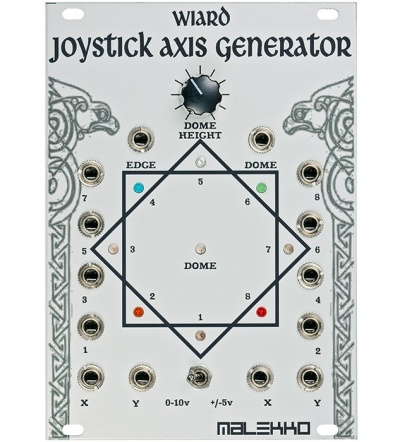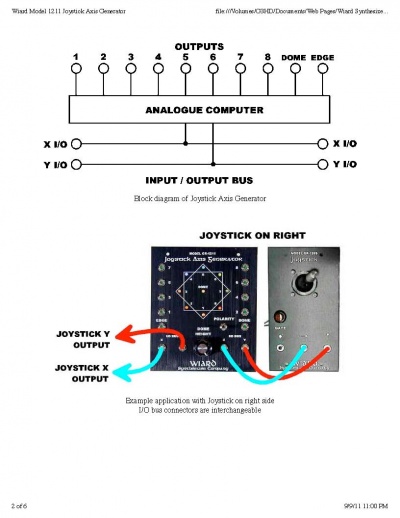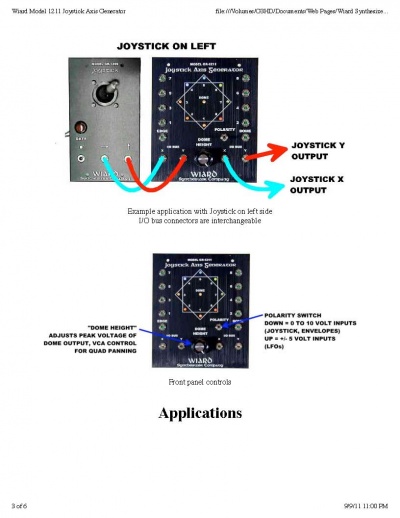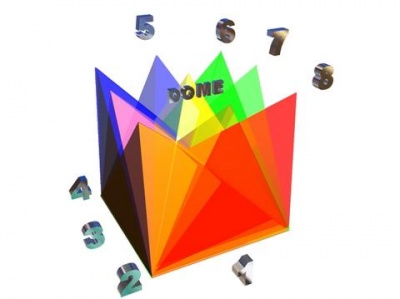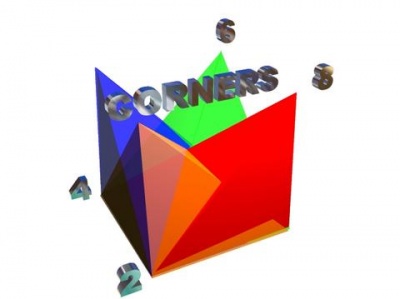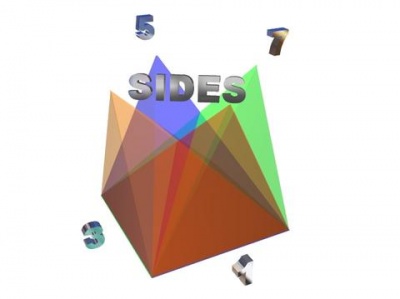liste des modules Malekko Wiard 300
Sommaire
introduction
Put in the simplest terms, and staying in one coordinate system, a JAG is a phase decoder or phase remaper is a better term.
It takes X and Y input coordinates, which would normally go +/- 5 volts for example, and remaps them so that many possible combinations are available in parallel.
Picture a pendulum centered over the middle, as the pendulum swings in a circle, each output in turn goes high to show that pendulum is in that section of the square. We also have a function which goes high is the pendulum is sitting exactly in the middle and not moving (the "Dome" output).
Why does this exist? Well in every system you have some kind of control voltage mixer that combines two modulators and allows you to control the polarity and amplitude. This module makes all possible positive and negative inversions available simultaneously. It also allows you to do vector synthesis and quadraphonic panning.
You may have noticed the "Phase" knob on the oscillator. If you showed Saw1 vesus Saw2 on an oscilloscope set to XY mode, you would notice that each setting of the "Phase" knob will produce a little visual "dance" on the o'scope screen. If you ran them to the X and Y input input of the JAG and phase modulated them at the oscillator, the various JAG outputs will start to rotate at audio rates and harmonic cancellation and stuff.
Look, mathematics is a pain on the brain. I do it so you don't have to. The LED lights should give you all the feedback you need to apply this device.
Yes, it came out of a purely mathematical idea, but so does any VCO or any module. And the ONLY way to test the musical usefulness is to build a prototype and LISTEN to it! For each type of prototype you build based on underlying mathematical idea's one out of 10 or one out of 20 is a keeper.
I thought this was a keeper. Like any musical instrument, you get out what you put into it. You can't break it from the front so just goof around and try stuff. Your ears are the only critic. Enjoy the light show!
BTW, just for good luck, the LED colors match the Ancient Chinese Bag'ua or eight sided figure formed by the eight possible I Ching coin combinations (only blue is subed for black and orange is subed for white).
I HAVE to stop over thinking these things ;^)
Have Fun!
| | |
| | |
| | | |
| | |
Yohda,du forum synhe-modulaire.com
(à vérifier)
Je m'étais amusé il y a quelques temps à reproduire les mêmes fonctions avec des modules plus classiques :
En mixant/inversant les sorties X/Y d'un Joystick :
- 1 = inverse Y
- 2 = (inverse X + inverse Y)/2
- 3 = inverse X
- 4 = (inverse X + Y)/2
- 5 = Y
- 6 = (X + Y)/2
- 7 = X
- 8 = (X + inverse Y)/2
- Dôme = 10V + (inverse rectified X + inverse rectified Y)/2
- Edge = (rectified X + rectified Y)/2
Et voilà ! Je ne suis pas sûr que le JAG fonctionne de cette manière : je ne l'ai jamais testé, mais en théorie les résultats devraient être identiques.
panning
There is difference between quad panning and location modulation.
Location modulation has to contain all of the Doppler shifting, frequency rolloff with distance and, reverberation clues that the ear needs to find location modulation believable.
Doppler shifting can be simulated by using the frequency inputs of the oscillator. Up-shift as object approaches, no shift when object is still, down shift when object recedes. The "Dome" function can be patched for that. Also used as a function of overall volume also.
High frequencies roll off with distance due to the friction created by humidity in the air. With the Borg in VCA mode, these frequency and amplitude characteristics with humidity are simulated.
The further away an object gets, the more overall reverberation it has, the "EDGE" function can be used to control reverberation wet/dry mix so reverberation in minimum in the middle and increases as you recede from center position.
The JAG is actually a Cartesian to Polar coordinate system converter. That is mathematically impossible, but I didn't know any better so I just did it.
In each case the polar output of the X,Y address appears as individual function. So if we want a function where the output is at max when X and Y are at 10 volts. That is position 6.
Now morphing or panning is almost perfect with linear VCA (OUT2 = Y * -coef, OUT4 = Y * +coeff, coeff = Y axis position.)
If all you have is exponential VCA's, you will need to add a 5th VCA with an equal power correction function. That is what functions 1, 3, 5, 7 are for and their algebraic summation "EDGE".
Basically use the 5th VCA and the equal power correction curves to fix the apparent drop in power in the middle of the sweep caused by the exponential VCAs.
tips
http://www.muffwiggler.com/forum/viewtopic.php?t=12101
the JAG can work as a logic module--just patch two gates into the X/Y and you get:
6: AND 2: NOR
the other outputs give some funky/attenuated variations as well you can get different logic from the jag outputs by attenuating the inputs or inverting the outputs. (i always thought to do this but never patched it up until tonight, so i thought id jot it down)
One tip is to take the Noisering 1 and 2 outputs and run them into X and Y in on the JAG 0-10v range. Now you have 10 stepped random voltage sources controlled by the "Rate" clock. You can run the clock itself into an envelope generator. Now run the "Dome" output into a quantizer and then the 1v/oct input of a VCO. "Dome Height" controls melody range. Patch up your classic VCO-VCF-VCA and use all the random voltages to control stuff. Sequencer like but with much greater tambral variation.
jumpers
the odd and even jumpers have to do with the Edge output
note sur le selecteur
sur le module de malekko, le switch 0-10v +/-5v est inversé ! erreur de conception de la façade.
